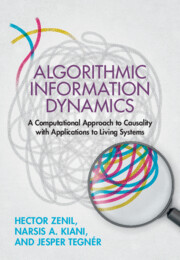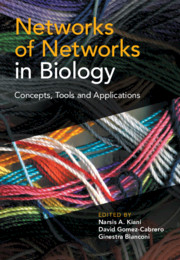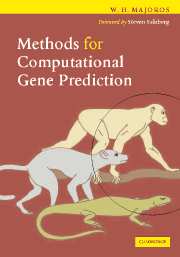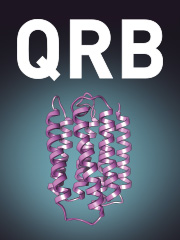Algorithmic Information Dynamics
Biological systems are extensively studied as interactions forming complex networks. Reconstructing causal knowledge from, and principles of, these networks from noisy and incomplete data is a challenge in the field of systems biology. Based on an online course hosted by the Santa Fe Institute Complexity Explorer, this book introduces the field of Algorithmic Information Dynamics, a model-driven approach to the study and manipulation of dynamical systems . It draws tools from network and systems biology as well as information theory, complexity science and dynamical systems to study natural and artificial phenomena in software space. It consists of a theoretical and methodological framework to guide an exploration and generate computable candidate models able to explain complex phenomena in particular adaptable adaptive systems, making the book valuable for graduate students and researchers in a wide number of fields in science from physics to cell biology to cognitive sciences.
- Introduces Algorithmic Information Dynamics, a computational framework for research in causal discovery and analysis, offering principles, tools and methods to automatically generate and study computable candidate models to explain natural phenomena in particular adaptable complex adaptive system
- Proposes a causal discrete calculus to study first principles, and generating mechanisms of complex adaptive systems
- An alternative to popular statistical lossless compression methods used; an essential tool to estimate and find applications of algorithmic (Kolmogorov-Smirnov) complexity
Product details
May 2023Hardback
9781108497664
345 pages
250 × 175 × 24 mm
0.79kg
Available
Table of Contents
- Introduction
- Part I. Preliminaries:
- 1. A computational approach to causality
- 2. Networks: from structure to dynamics
- 3. Information and computability theories
- Part II. Theory and Methods:
- 4. Algorithmic information theory
- 5. The coding theorem method (CTM)
- 6. The block decomposition method (BDM)
- 7. Graph and tensor complexity
- 8. Algorithmic information dynamics (AID)
- Part III. Applications:
- 9. From theory to practice
- 10. Algorithmic dynamics in artificial environments
- 11. Applications to integer and behavioural sequences
- 12. Applications to evolutionary biology
- Postface
- Appendix: Mutual and conditional BDM
- Glossary.






